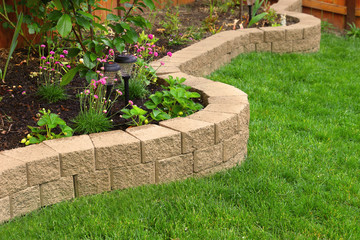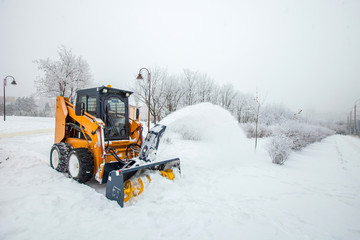Landscaping is designing and creating outdoor areas for aesthetic and functional purposes. Landscaping involves modifying the natural features of a piece of land to create a visually appealing and usable outdoor environment.

Landscaping can include various activities, such as planting trees, shrubs, and flowers, building retaining walls and pathways, installing lighting, and adding water features like fountains or ponds. It can also involve the creation of outdoor living spaces, such as patios, decks, and kitchens.
Landscaping design combines horticultural science, spatial organization, and composition to create outdoor “rooms.”
Landscape elements (also called features) — line, form, color, texture, visual weight, and scale — work together to create an overall look.
Choosing the right design strategies can make your yard an attractive, relaxing space for everyone.
Lines in the landscape are created by the edge between two materials, by the outline or silhouette of a three-dimensional form or by long linear features.
When used in the right context, lines can help determine how people respond to a landscape — both emotionally and physically. Straight lines can evoke a formal attitude and lead the viewer directly to a focal point.
Curved lines communicate a more relaxed, informal character. They move the eye at a slower rate and create hidden views that add interest to the space.
Form, the shape of plants and hardscape features, contributes to the overall attractiveness of a landscape. It provides order, creates separation between outdoor areas and softens a rigid hardscaped surface or an outdoor structure.
A balanced landscape design uses form in conjunction with the other five principles of landscaping design. It also carefully considers the amount of form in a design to determine the effect on the eye.
Rhythm is another important principle of landscape design that can create movement and emphasize certain areas in the landscape. It can be achieved through the use of repetition or gradation in plants or hardscape.
Contrasting colors, plant sizes, textures, leaf structures and other design elements when placed side by side can make a landscape stand out from the crowd. Using contrasting materials, like a brick herringbone motif in a patio or driveway border, is also a clever way to elevate your garden’s ambiance.
One of the most important aspects of landscape design is to create a sense of harmony in your garden’s various elements. The best ways to achieve this is by incorporating several of the following principles.
One of the most important aspects of landscaping design is diversity. Whether you’re planting trees, shrubs or grasses in an urban area, it is critical that you choose plants with different qualities and features.
A diverse landscape allows for different plant and animal species to thrive in harmony, thereby reducing pest problems and supporting a large array of wildlife. This creates a biodiverse polyculture, which is more stable and resilient than monoculture systems.
Creating natural corridors between green areas and rural habitats is also an important factor in promoting biodiversity. These corridors allow the movement of animals and plants between the different habitats.
Repetition in landscaping design is a fundamental principle that helps achieve unity and flow throughout the landscape. It can be achieved through repetition of plant forms, colors, or textures.
As little as one repeated element that matches each area of the garden can help bring balance to a cluttered design and create a cohesive theme. A good example of repetition is a row of pots for a flower bed or a grouping of similar plants in the same style or color.
Another way to make repetition more interesting is through alternation, which is a minor change in sequence on a regular basis. Alternation could include a line of globe forms in boxwoods interrupted every fifth square by a circular form or alternate inverted forms like pyramidal and vase-shaped plants.
Focalization is the use of features to draw the viewer’s eye toward a specific area. It can include things like fountains, statues and other garden structures.
Landscape design relies on focalization to create a sense of order in the landscape. Without this, a landscape can look chaotic and disorganized.
Focalization is achieved by placing a feature at the vanishing point between radial or approaching lines. The transition of plants or other objects along these lines can strengthen or weaken the effect.

